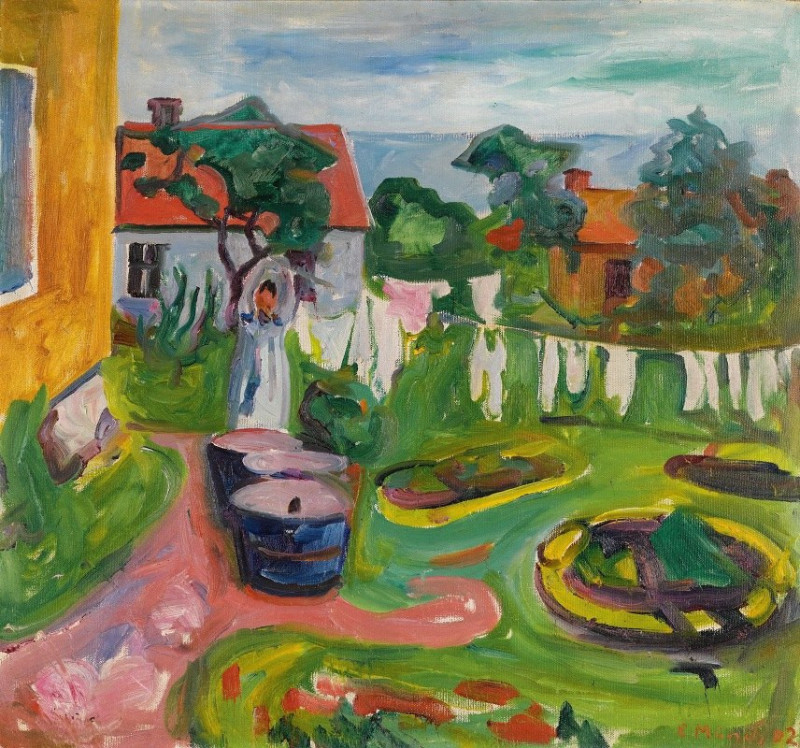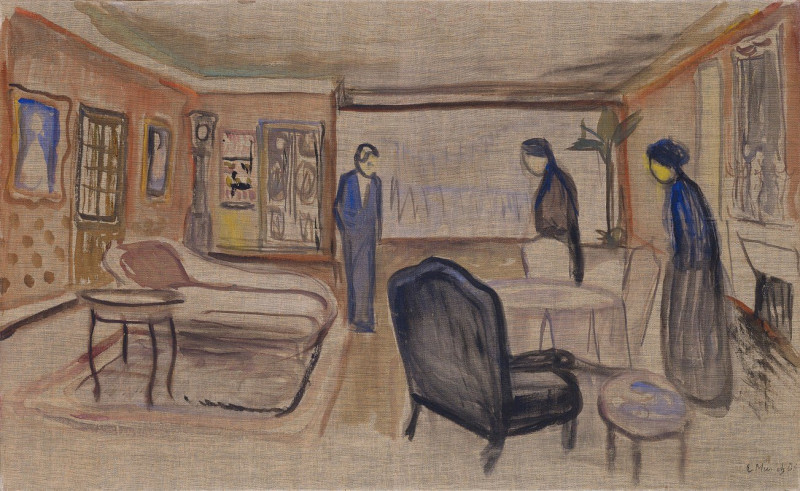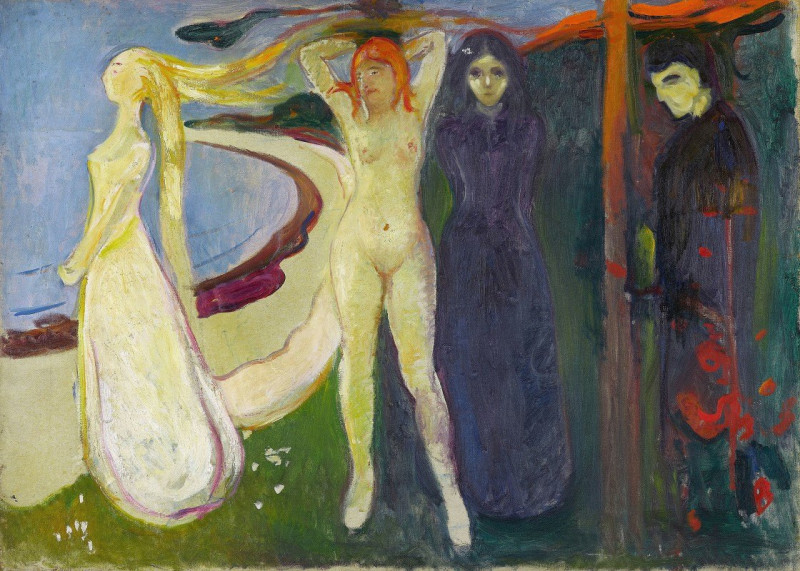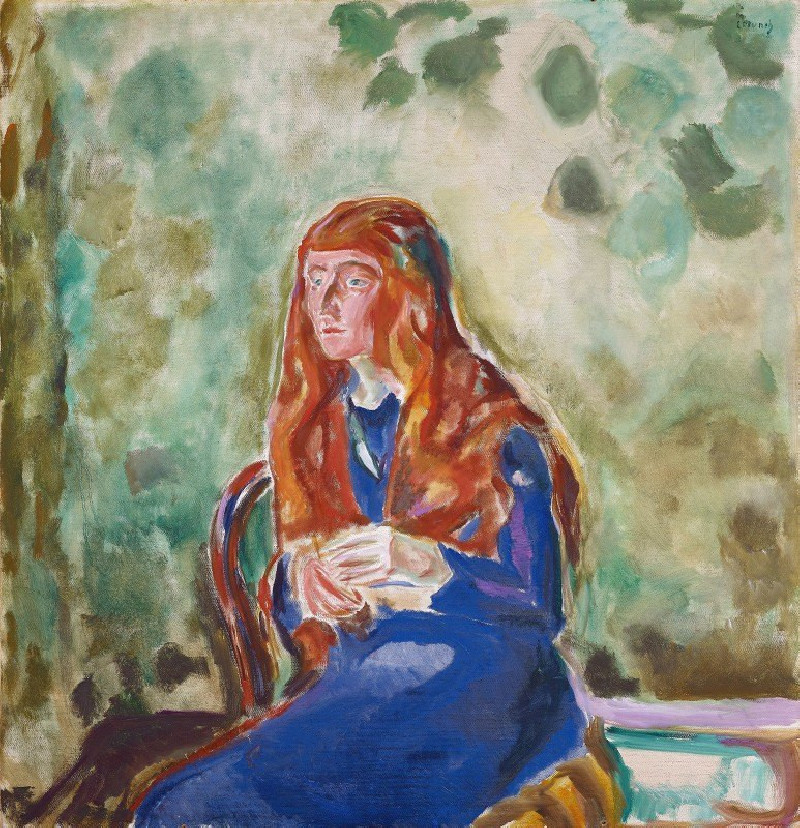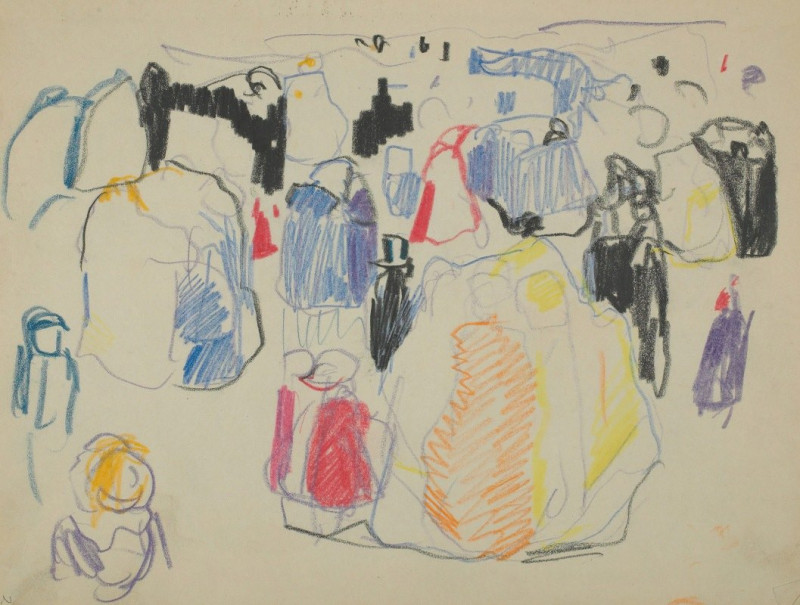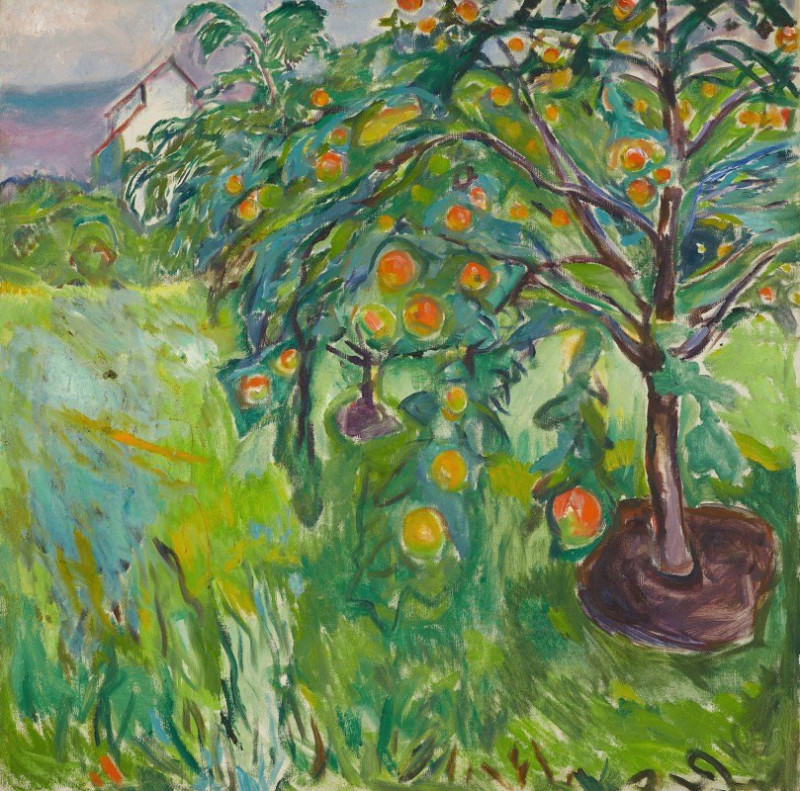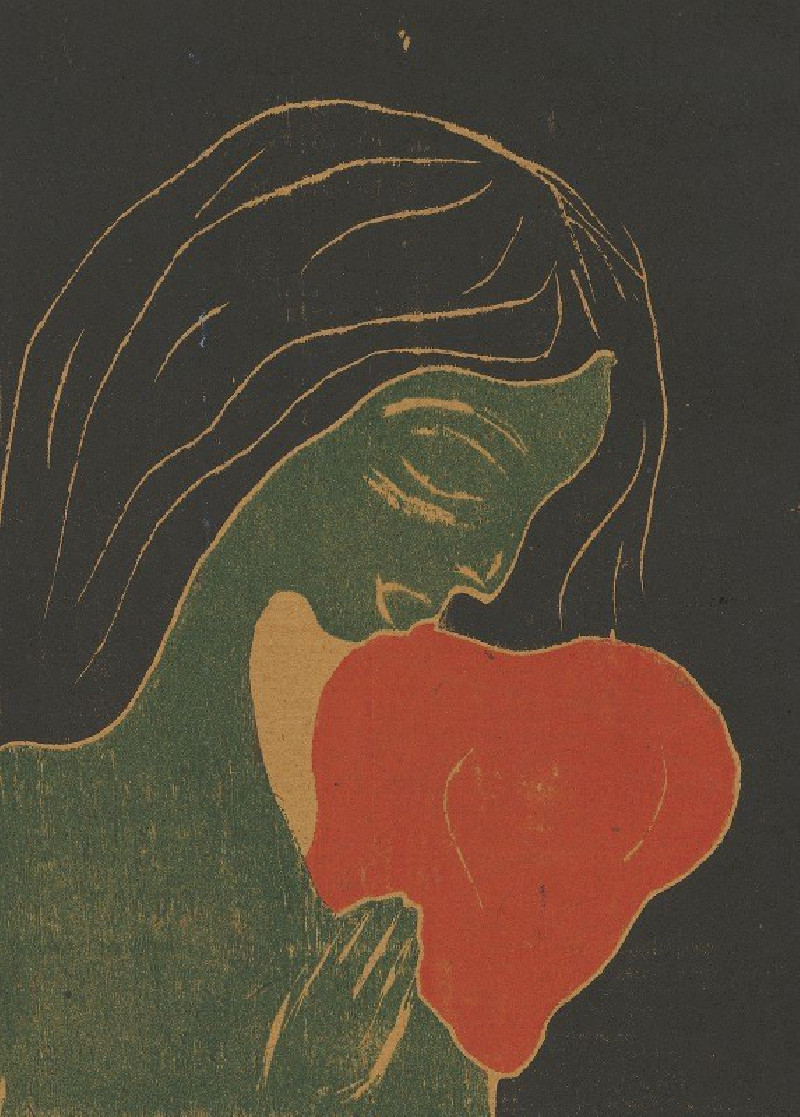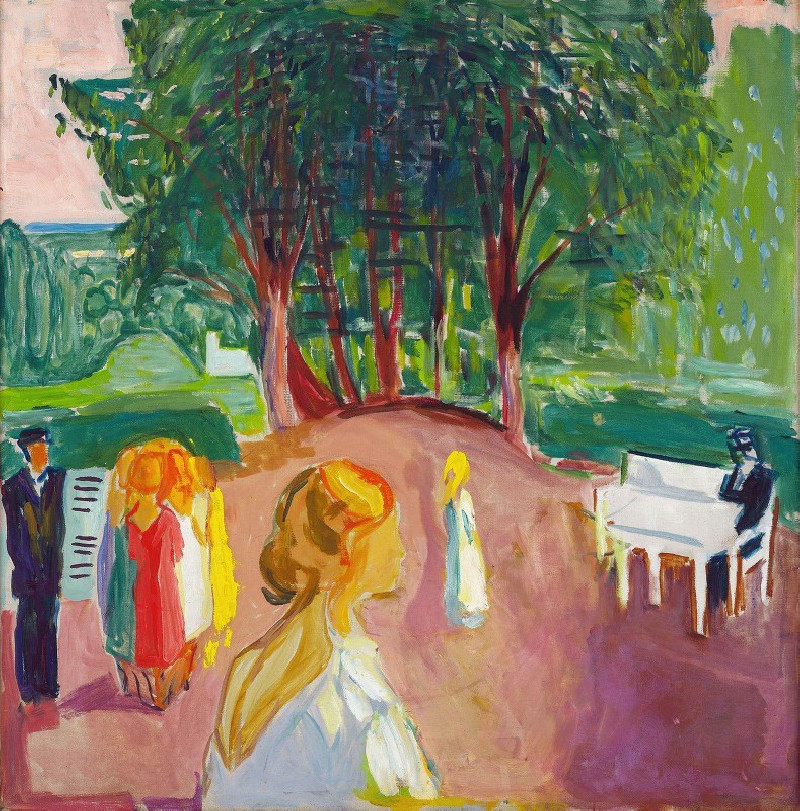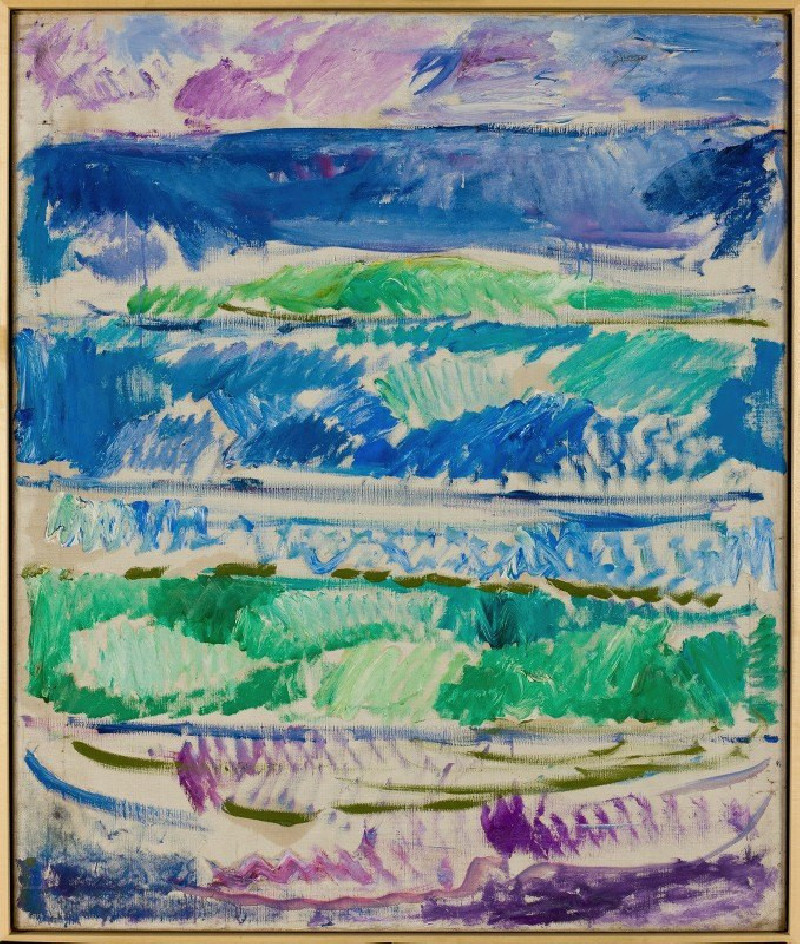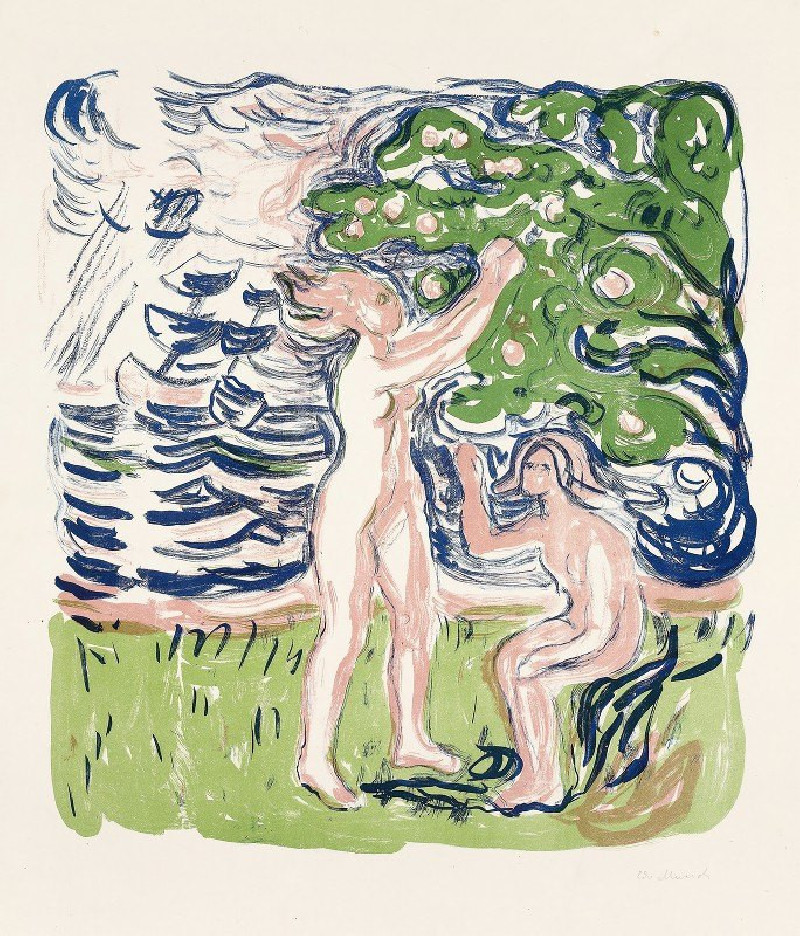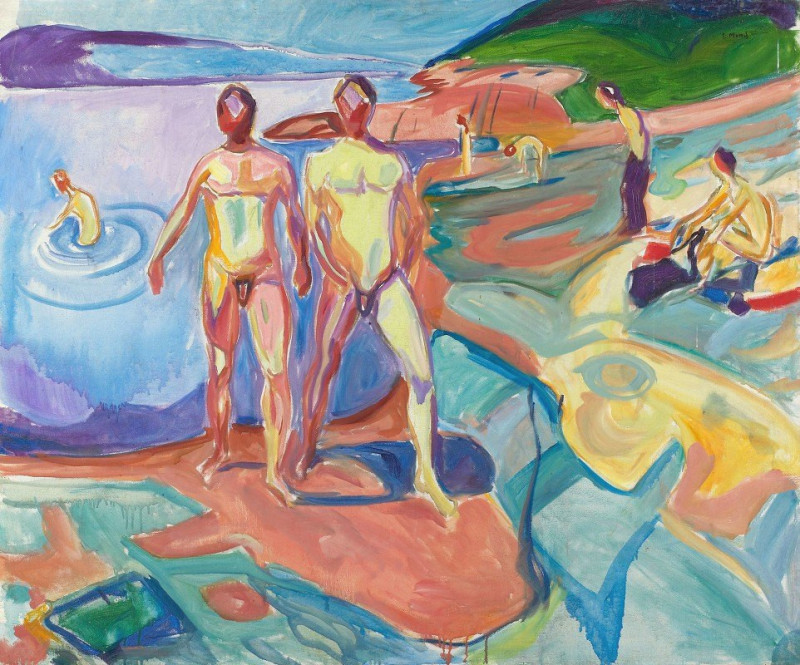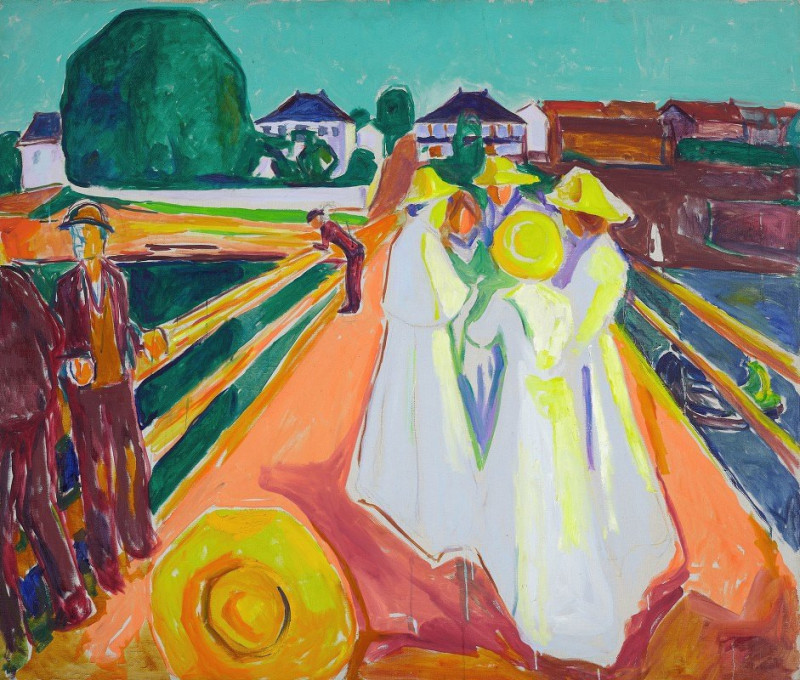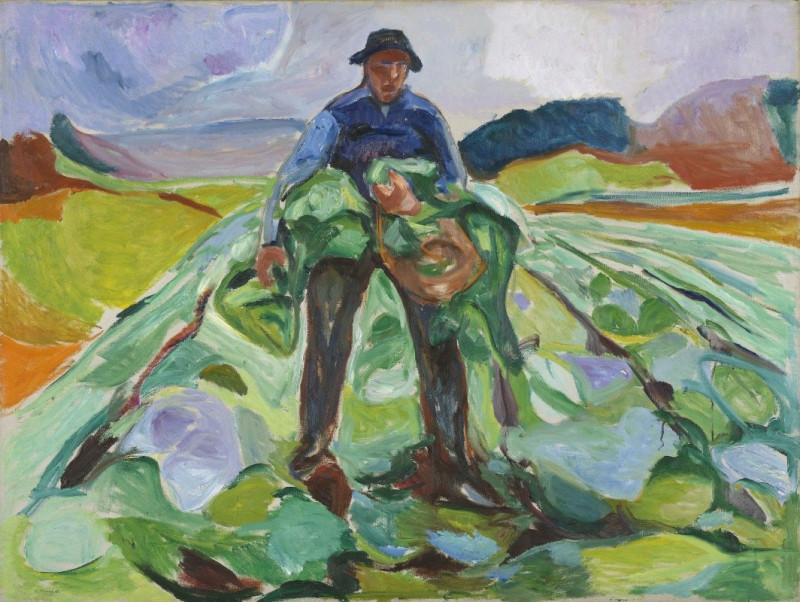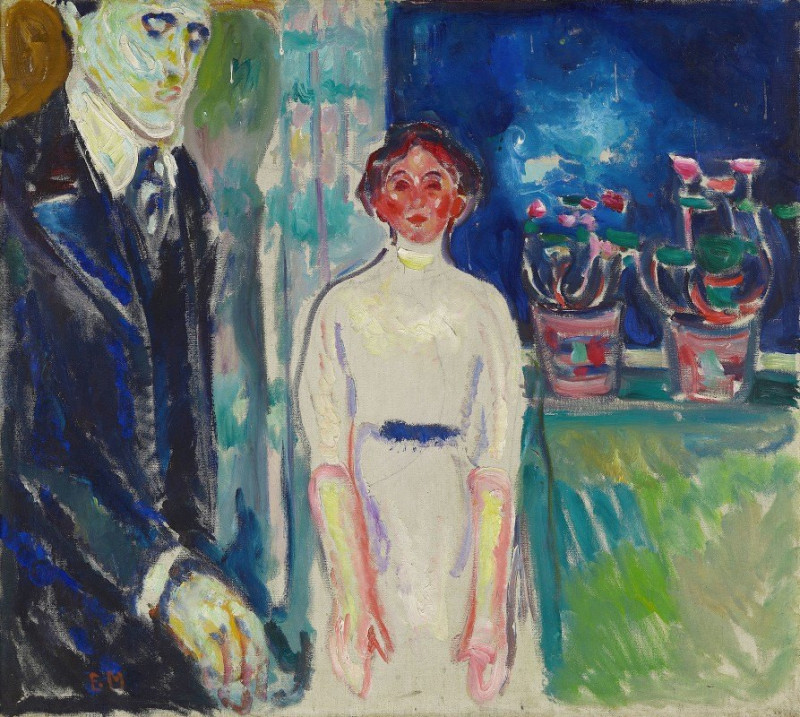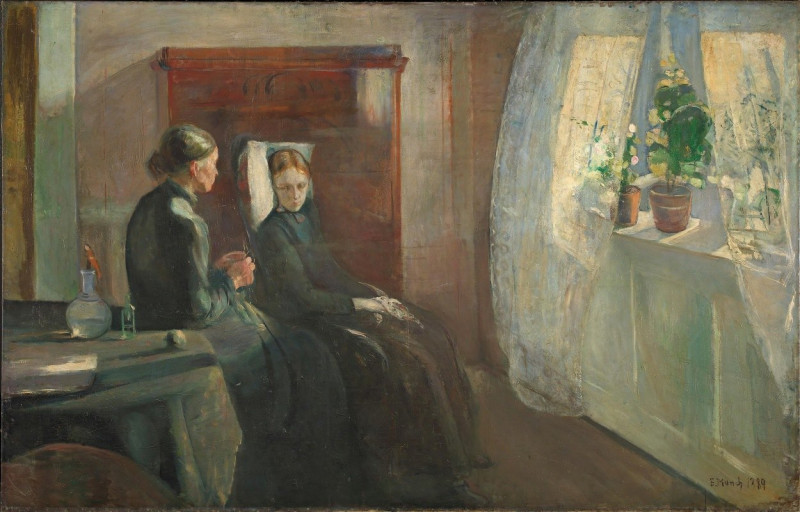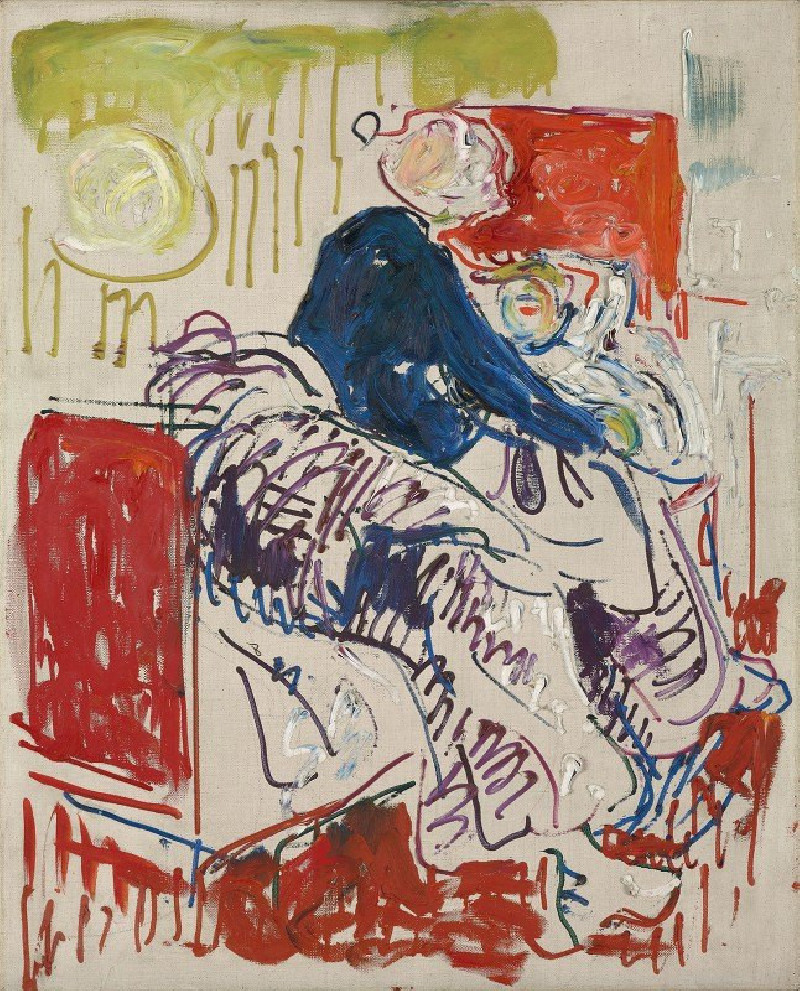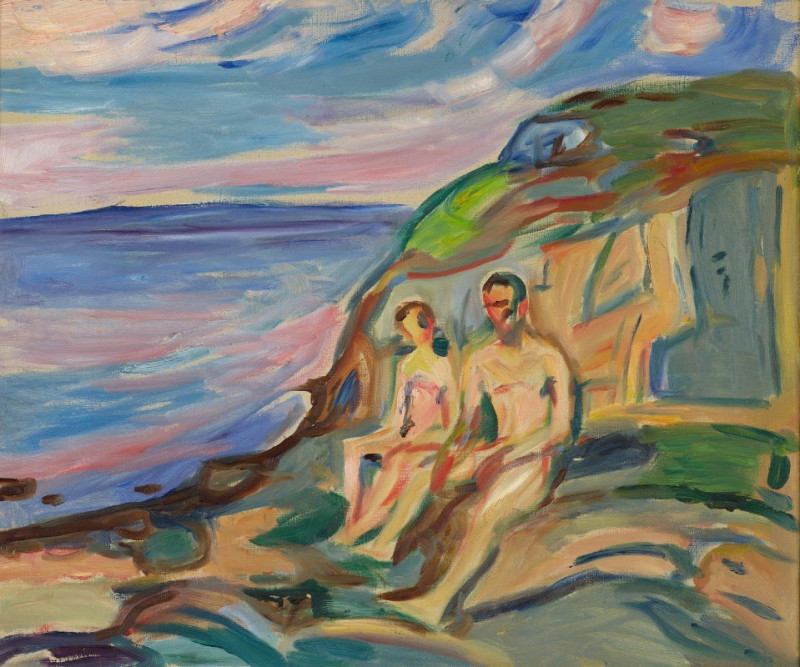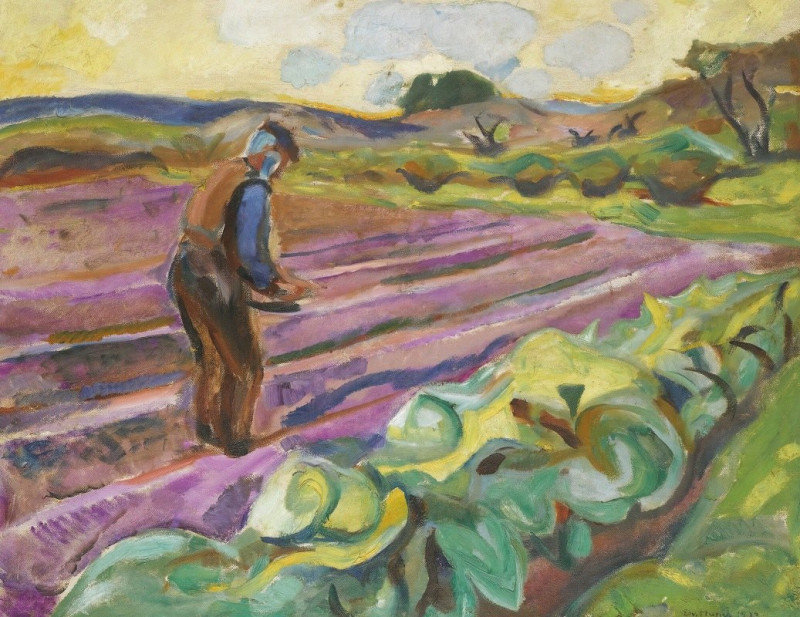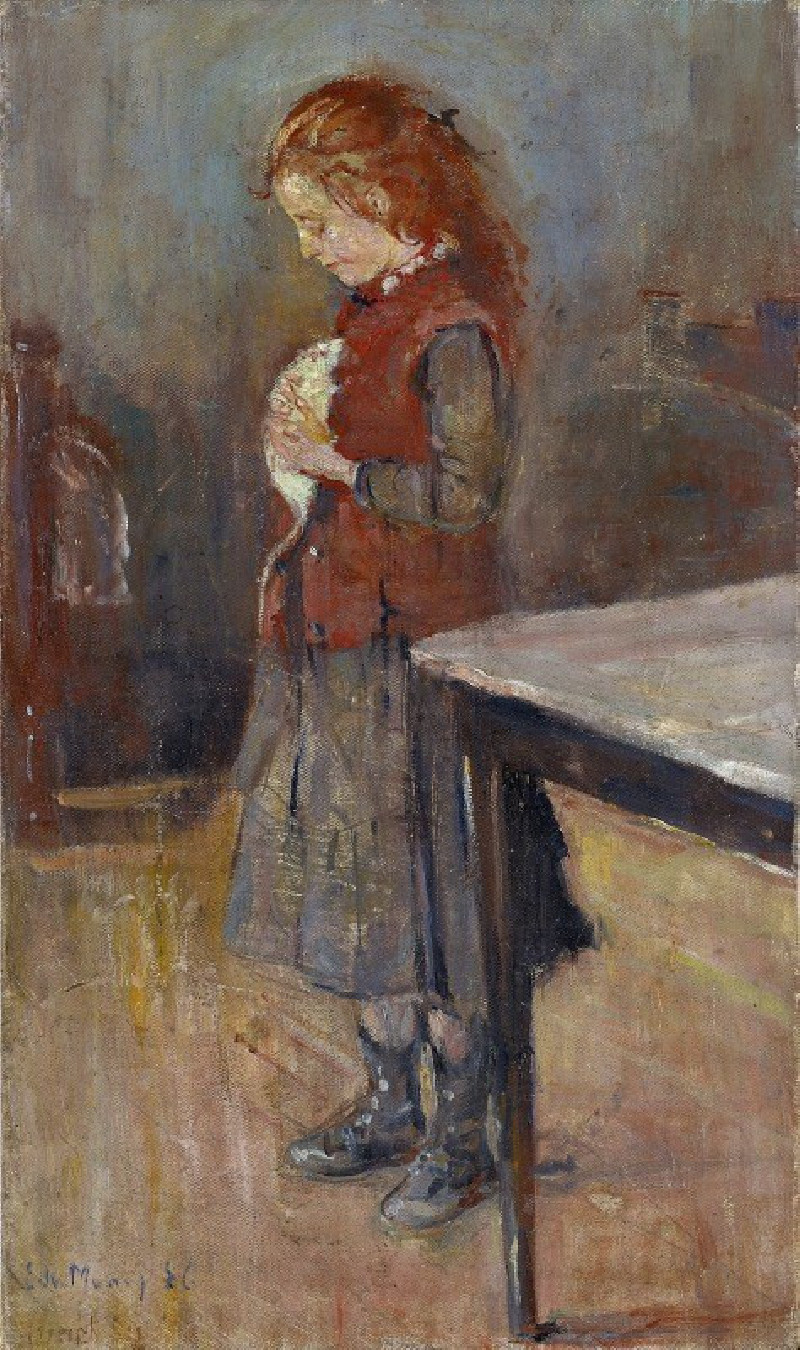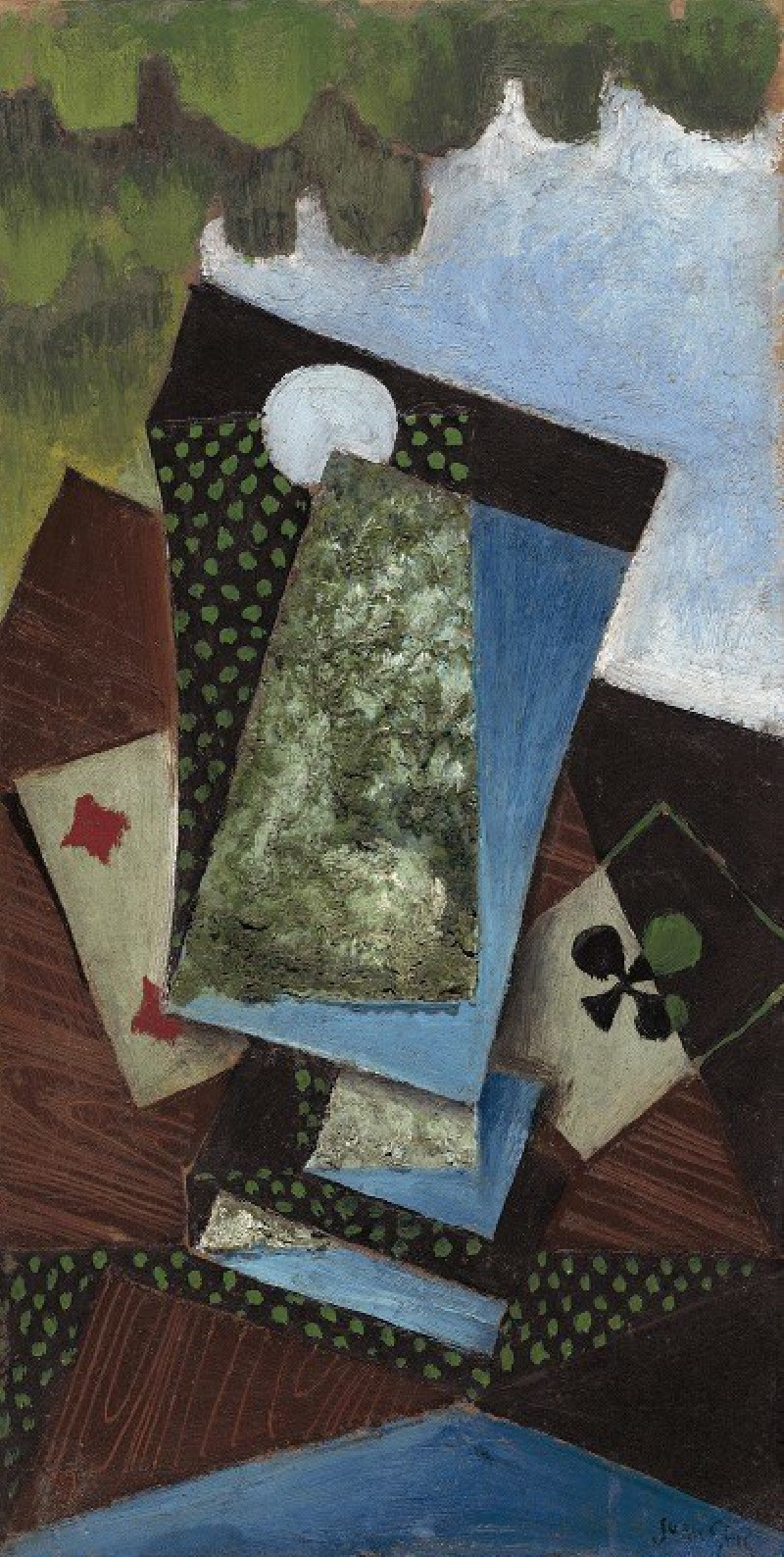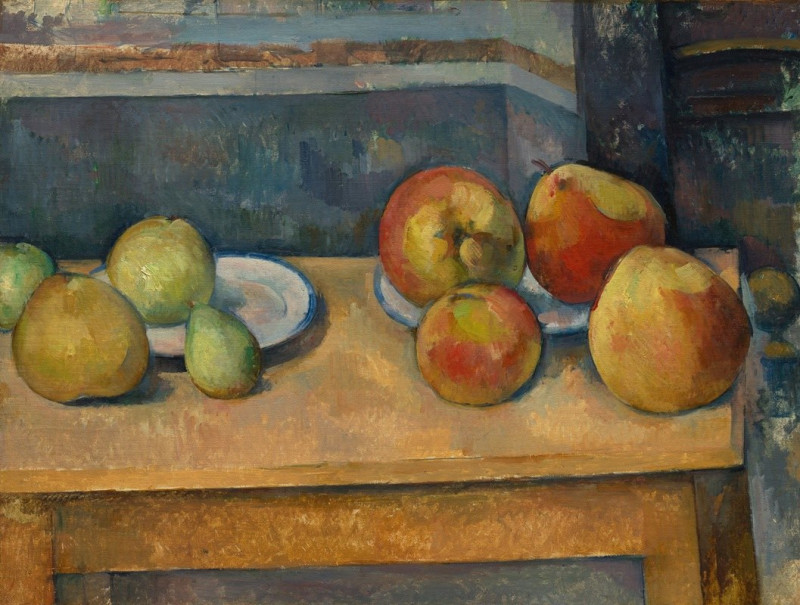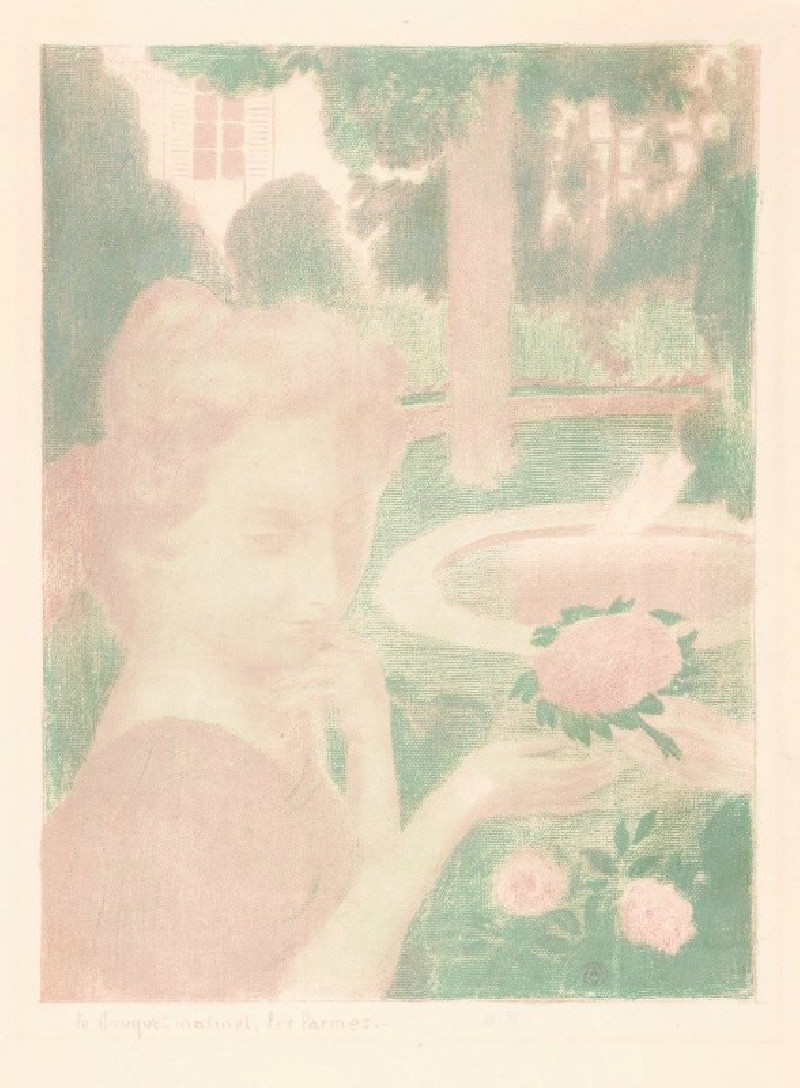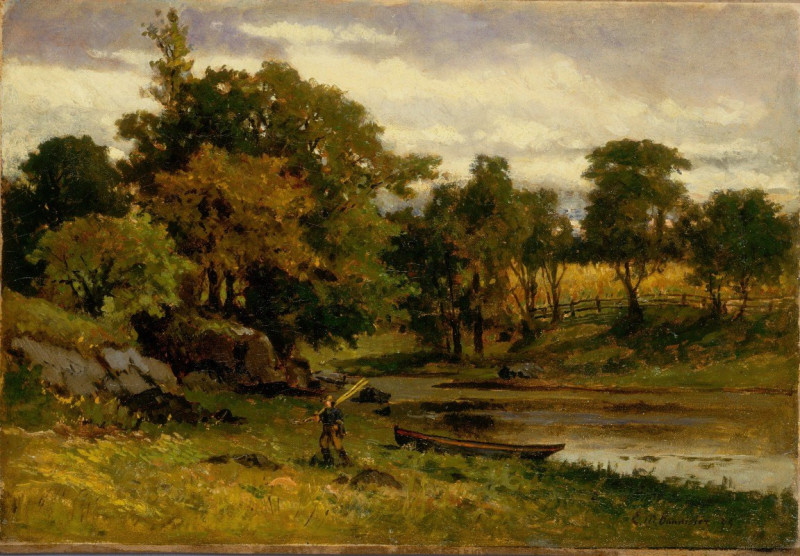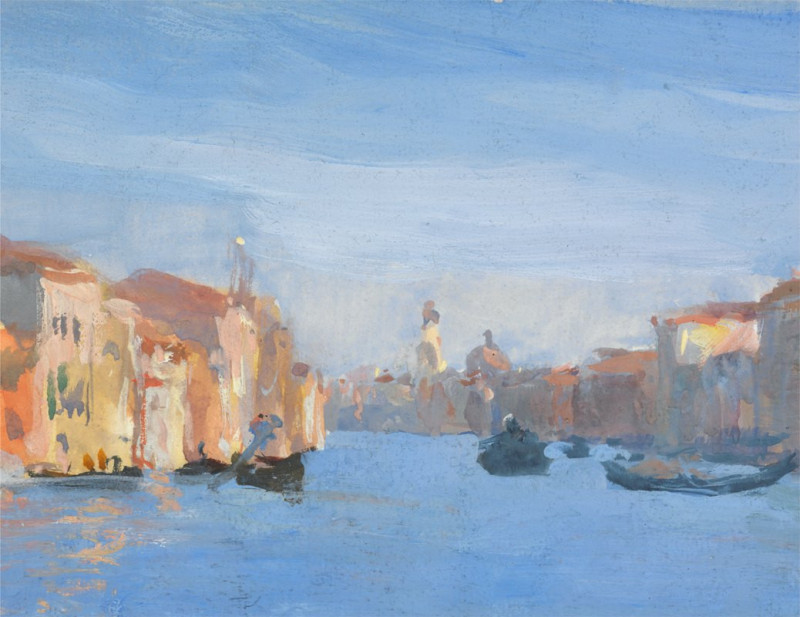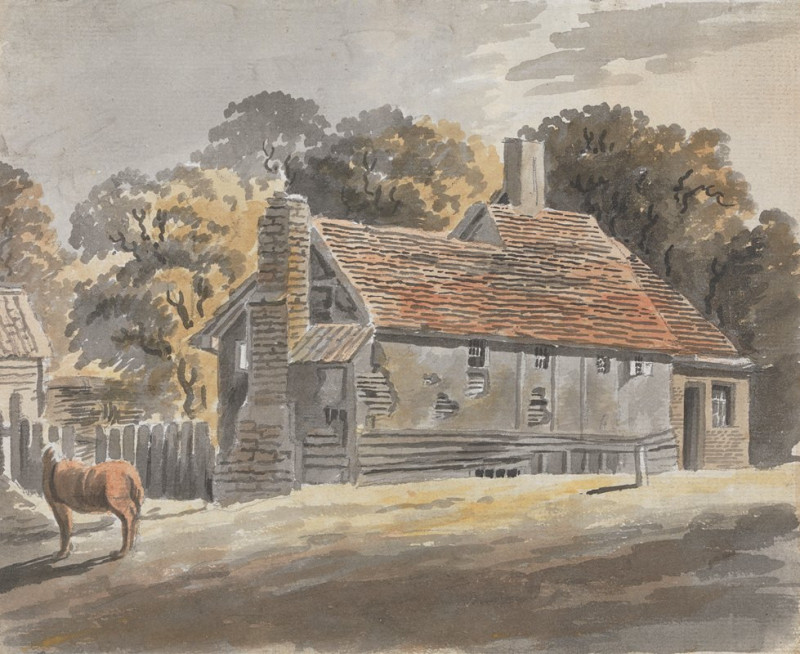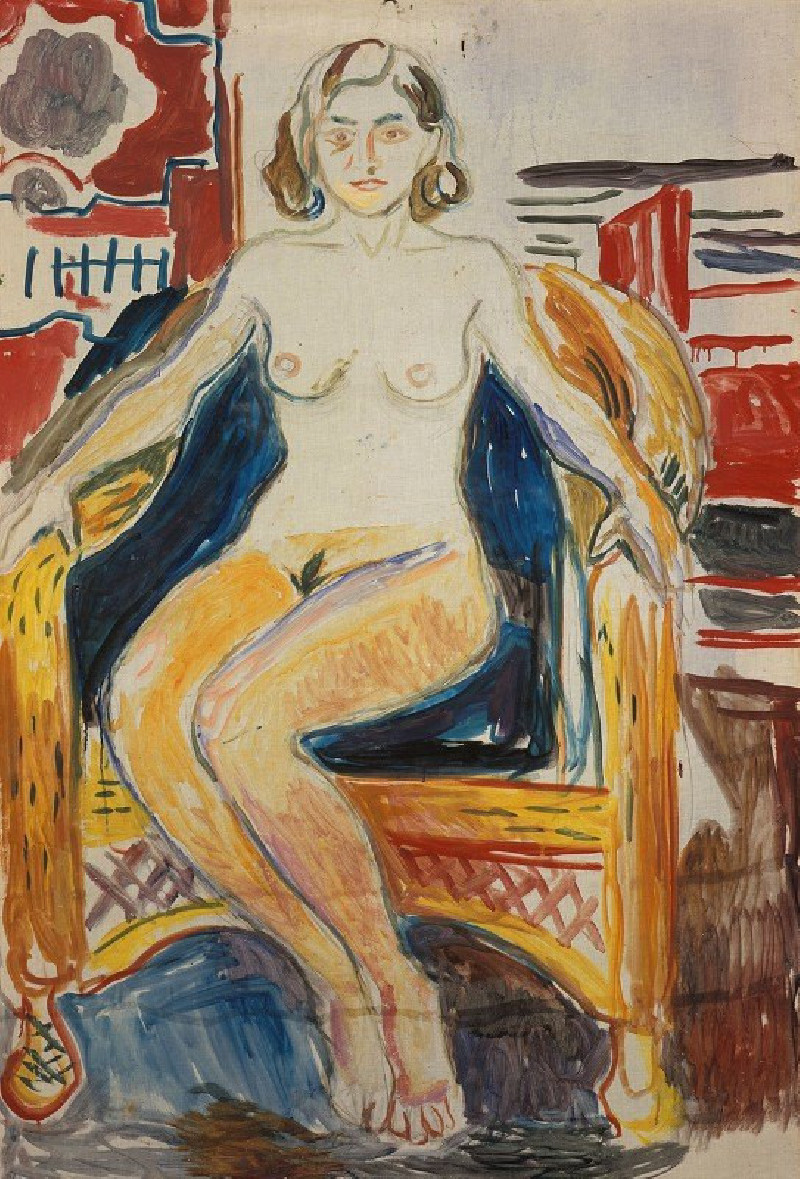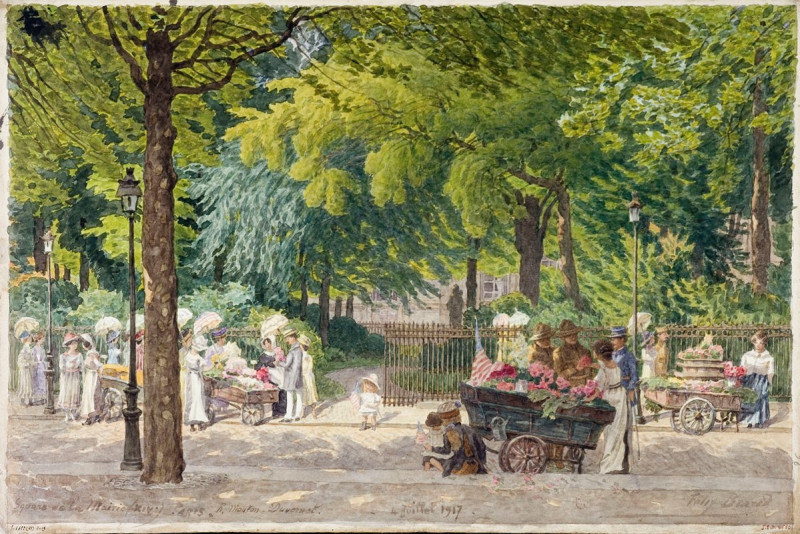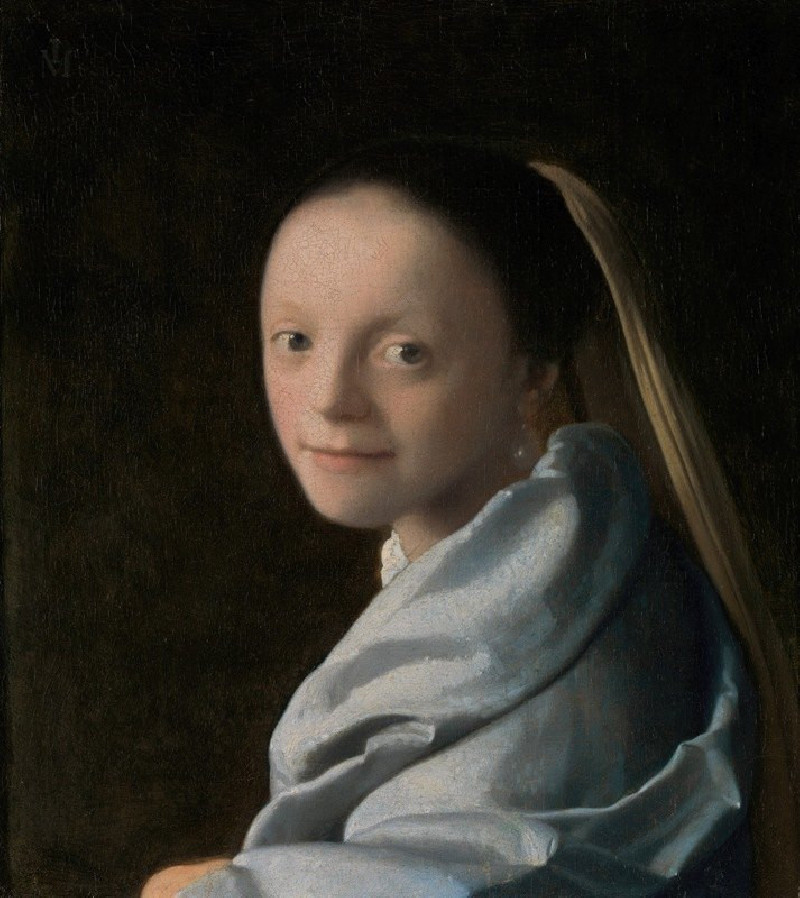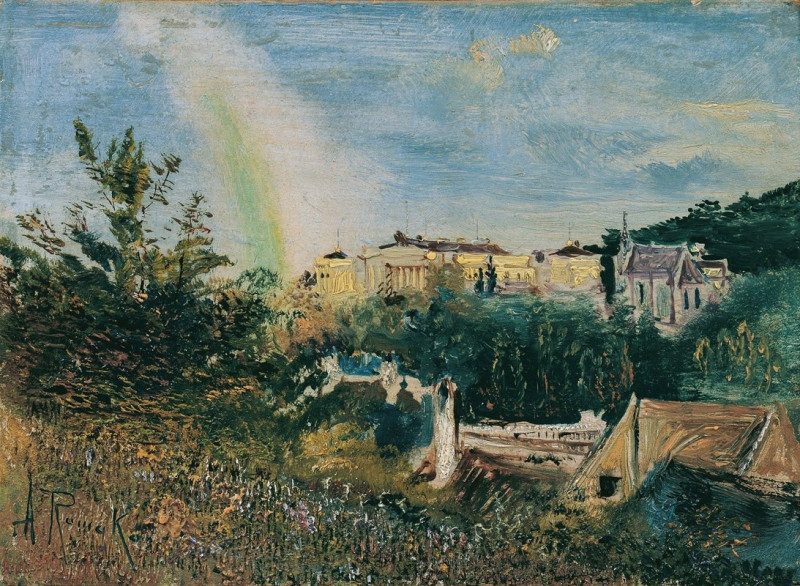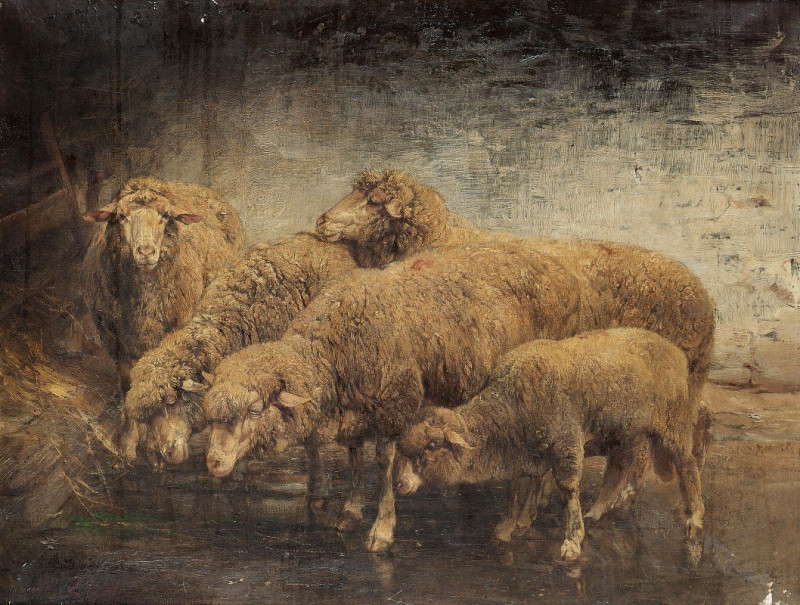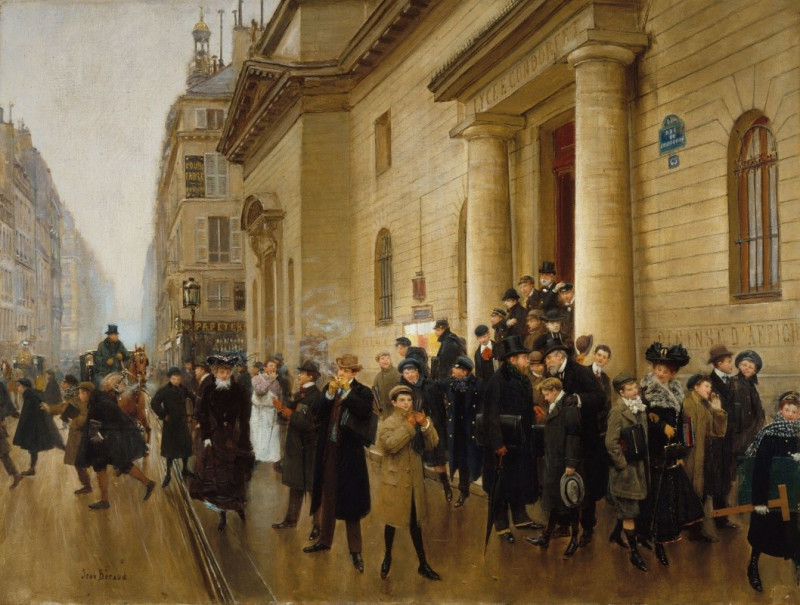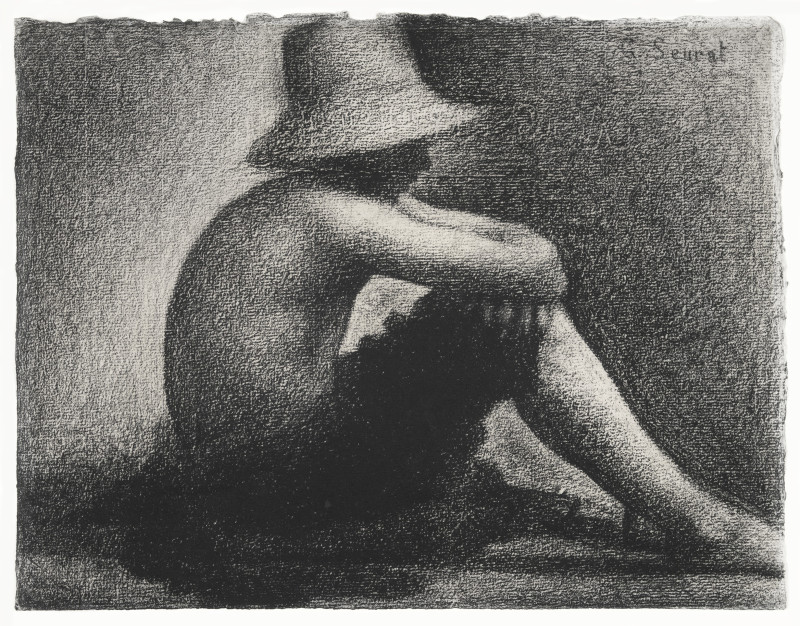Horses Ploughing (1929)
Technique: Giclée quality print
Recommended by our customers
More about this artwork
This painting by Edvard Munch, titled "Horses Ploughing," vividly captures a pastoral scene with a dynamic and expressive touch. The artwork, created in 1929, illustrates two horses in the act of plowing a field. Each horse, one primarily painted in shades of blue and the other in brown, is depicted with bold, fluid strokes that impart a sense of movement and vitality.In the background, Munch employs a series of sweeping, colorful lines that evoke the undulating hills and the sky. These lines complement the main action, enhancing the overall impression of motion and labor. A figure, presumably the farmer, is shown guiding the plow attached to the horses. His form, rendered in a less detailed but equally expressive manner, merges seamlessly with the landscape, highlighting the harmony between human and nature.The composition's use of vibrant colors and the almost abstract portrayal of the subjects reflect Munch's unique style, which often borders between the symbolic and the real. This painting not only depicts a simple agricultural activity but also conveys the intense and rhythmic interaction of man with his environment. The swirling traces left by the plow in the soil add a rich texture to the scene, suggesting the transformation of the earth as it is readied for sowing. Through "Horses Ploughing," Munch communicates a powerful, almost primal, connection to the land, a theme that resonates deeply in many of his works.
Delivery
Returns
Edvard Munch (12 December 1863 – 23 January 1944) was a Norwegian painter. His best known work, The Scream (1893), has become one of Western art's most iconic images.
His childhood was overshadowed by illness, bereavement and the dread of inheriting a mental condition that ran in the family. Studying at the Royal School of Art and Design in Kristiania (today's Oslo), Munch began to live a bohemian life under the influence of the nihilist Hans Jæger, who urged him to paint his own emotional and psychological state ('soul painting'); from this emerged his distinctive style.



